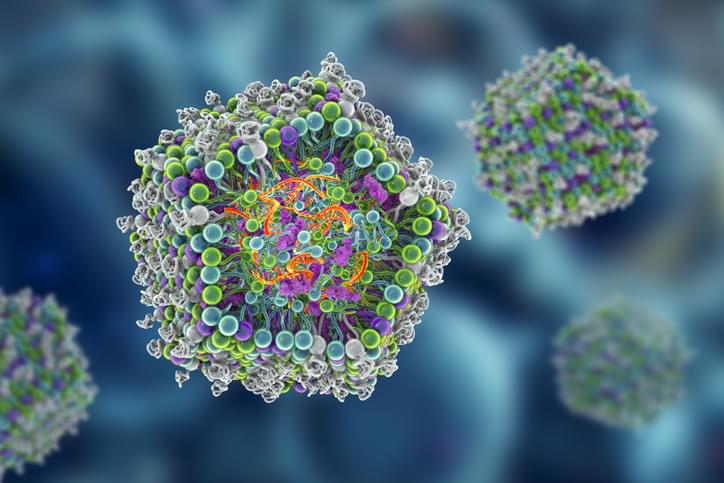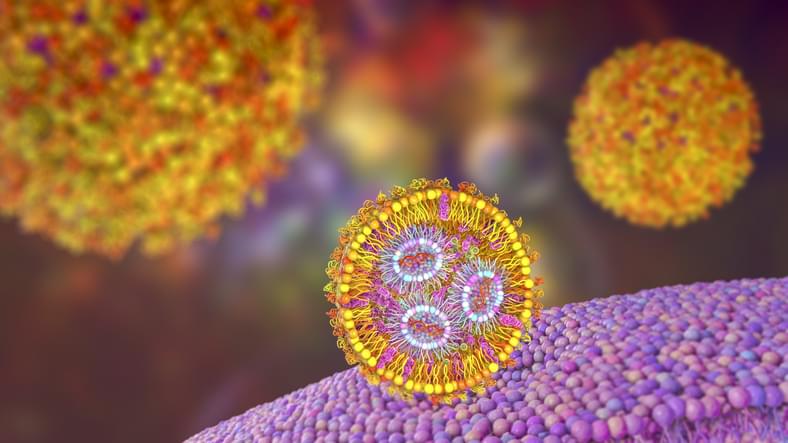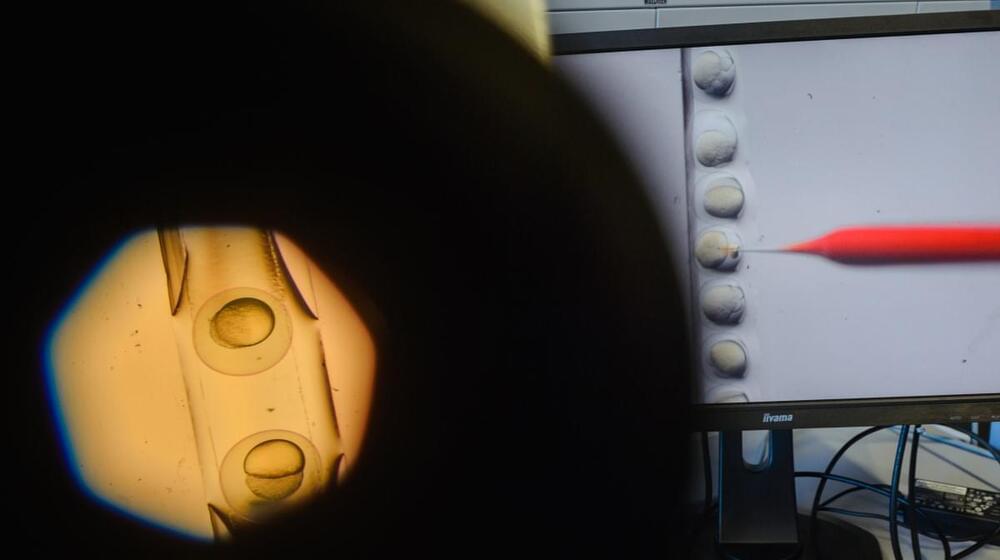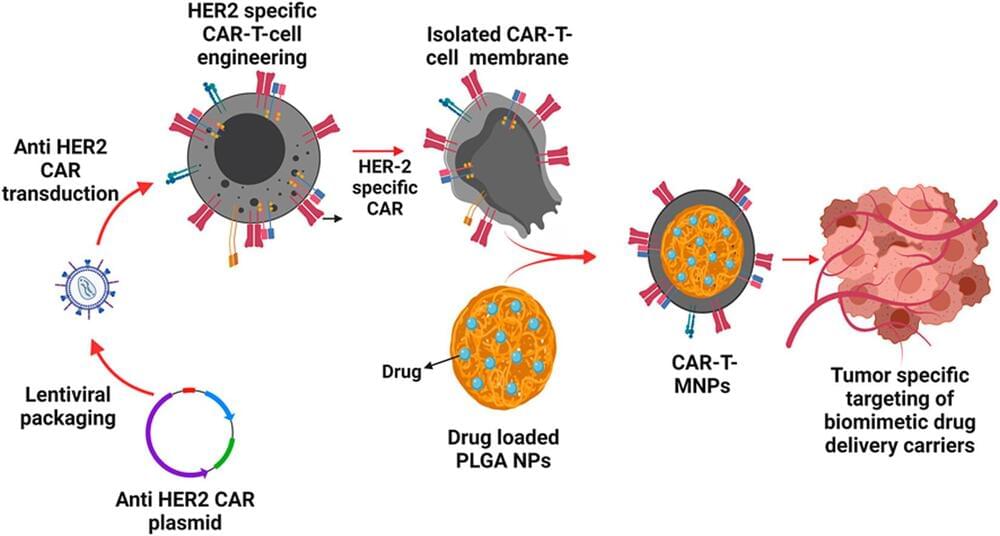Mar 9, 2024
Novel device for stomach complaints is successful in human trial
Posted by Shubham Ghosh Roy in categories: bioengineering, biotech/medical
An endoscopic mapping device, developed over the course of a decade by scientists at the Auckland Bioengineering Institute, consists of an inflatable sphere covered in sensors, delivered down the esophagus and able to measure electrical activity in the gut.
In the same way, abnormal heart electrical signals can cause serious heart problems, research has found faulty bioelectric gut waves can lead to stomach pain, nausea, vomiting and bloating.
But often doctors can’t find out what the problem is. That’s because gut electrics aren’t nearly as strong or as easily measured as heart waves; without surgery it’s hard to know if someone has a so-called ‘dysrhythmic’ gut—and if so, where the problem is.


















